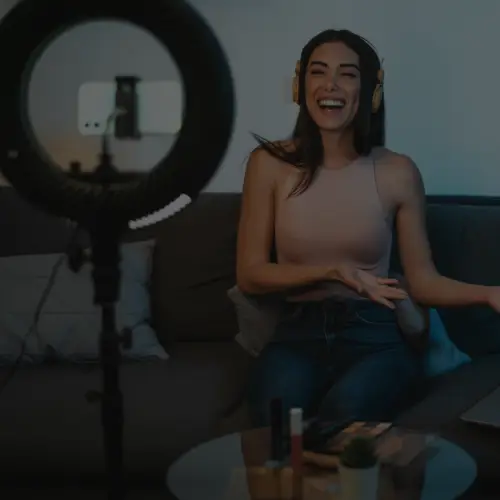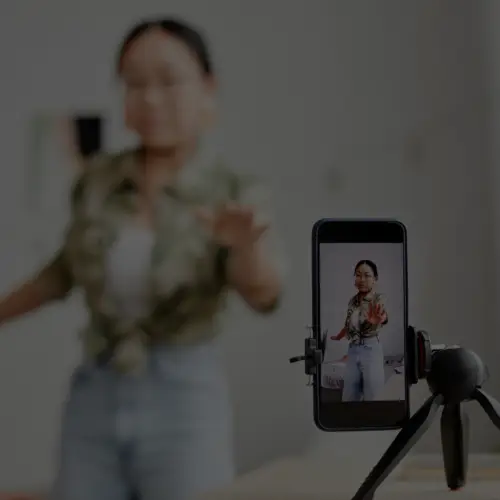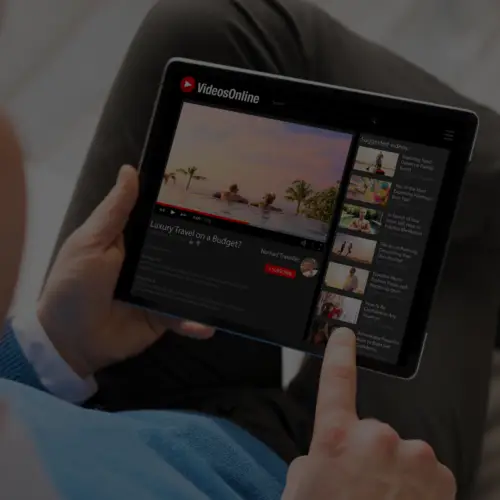26 Sep Snapchat Celebrates 3 Years; Brands Start Taking the Platform Seriously
Happy 3rd Birthday to our favorite yellow-and-white ghost friend! Time flies, but thanks to Ghost Chillah (the Snapchat ghost’s official name), time has become even more fleeting, and moments exist only as long as the small square in the right-hand corner is still lit up purple. Three years ago would you have guessed that, every time you unlocked your phone, your thumbs would be drawn to that yellow square?
We didn’t. But, we’re glad we were proven wrong. To celebrate three years of 10-second-or-less bliss (or agony, depending on the type of friends you have), we’re counting down the top three milestones of Snapchat’s short life*.
1) Snapchat was created.
The app was created by a group of friends from Stanford who, during their undergrad days, wished they could delete photos that they had sent to girls. Reggie Brown is credited with thinking of the idea, and was later joined by friend and current CEO Evan Spiegal, and co-founder/programmer Bobby Murphy. The application was originally named “Pictaboo,” but like any good tech-startup story, the Snapchat story includes a lawsuit by Reggie Brown after arguments spurred about equity splits. 
In Fall 2011, Spiegal and Murphy broke free from Brown, and changed the app’s name to “Snapchat.” The team saw a spike in users between 9 a.m. and 3 p.m., and started targeting high school and college students. And you probably started hearing about it in 2012, when the New York Times published a story about a new “sexting” tool. Since then, the app has worked to change its image. As of early this year it’s been recognized that only 2% of college students use the application to send sexts. That’s when the brands started becoming interested.
2) Snapchat grew (and made some great decisions).
In three years, Snapchat grew from 100 users to over 100 million, and today, 400 million photos are shared on the platform daily. To compare, Instagram averages 50 million photos uploaded each day. By adding text overlays, messaging features, video snaps and stories, Snapchat kept users engaged and interested while not complicating the true meaning of the app, which is to converse with friends.
When Facebook offered to buy the app, Spiegler turned the offer down, and added Snapchat stories, which brands have picked up on quickly. By making stories that self-destruct in 24-hours instead of a matter of seconds, Spiegler opened the doors for brands to come in and start advertising limited-time coupons to their followers. Since the user has to personally follow the brand, advertising on Snapchat has received an impressive welcome.
3) Snapchat (and its users) welcomed brands.
Recent studies of Snapchat have revealed that 73% of college students would open a Snapchat from a brand they know, and 69% of college students would be willing to add a brand on Snapchat if they follow the brand on other social networks. The audience is ready to accept brands on their new favorite platform.
a brand they know, and 69% of college students would be willing to add a brand on Snapchat if they follow the brand on other social networks. The audience is ready to accept brands on their new favorite platform.
Already, McDonald’s, Taco Bell, General Electric, Heineken and other brands have started sharing Snapchat stories, and experimenting with what to do, and what not to do, as a brand on the platform. We’ve always noted that content is king, but its Snapchats’ exclusive content that’s keeping everyone’s attention. Behind-the-scenes images, secret deals, and contests have been experimented with so far, but the beauty of the platform is that it is still in its infancy, and brands are being welcomed to the playground.
 So, tomorrow, let’s all record ourselves singing “Happy Birthday,” then send Snapchats to our friends and favorite brands, and hope we get some kind of fun Snapchat story from Spiegal and his team. Here’s to many more years, Snapchat.
So, tomorrow, let’s all record ourselves singing “Happy Birthday,” then send Snapchats to our friends and favorite brands, and hope we get some kind of fun Snapchat story from Spiegal and his team. Here’s to many more years, Snapchat.
And don’t worry, you can re-read and share this article… It won’t be deleted forever in 5 seconds.
*Infographic provided by Lisa Hallgren of DPFOC






